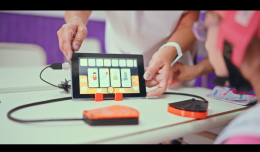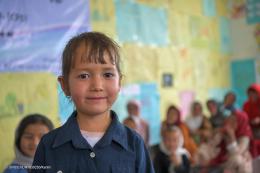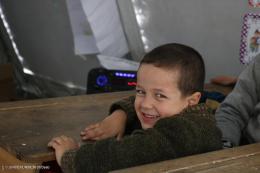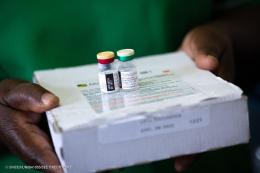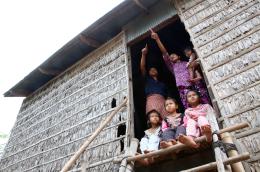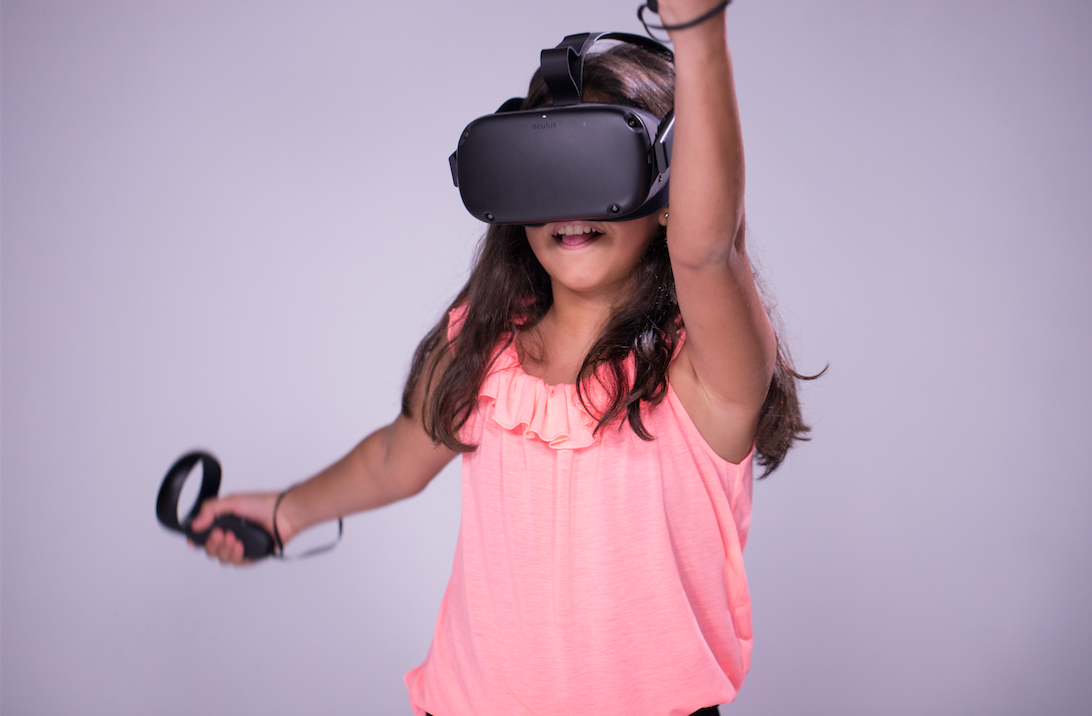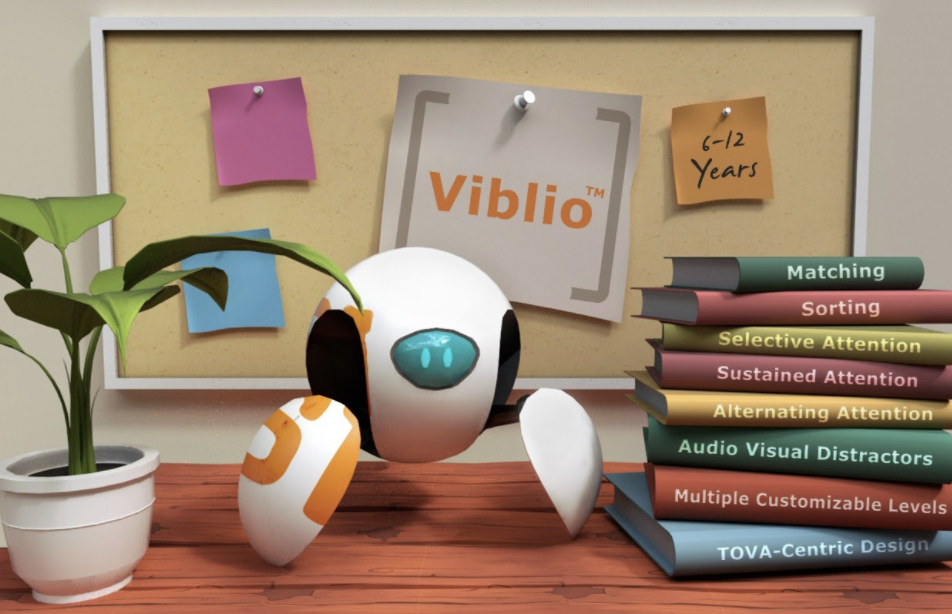
It is worth noting that the scope of VRapeutic makes it especially challenging to prototype with real users, since our main users are children and young adults with learning and developmental disorders. This has necessitated a vision, since we started building VRapeutic, to collaborate with a network of renowned advisors in the field who are willing to contribute their considerable experience during prototyping. Moreover, it turned out that we cannot prototype without code. Prototyping in many applications might refer to the stages a team goes through before investing time in writing code. In our case though, since we are dealing primarily with professionals from a non-technology background, it has been necessary to give them a feel of what the functionality would look like using a PoC + a storyboard. This has helped us considerably in adapting, early on, the module under development to the benefit of the flow in a typical therapy session. It has also resulted in key modifications among different versions including, for example, scene layout, performance data gathering, menus content, 3D object optimization, among others. There is another stage along the production pipeline that is as significant as prototyping on the development workflow, namely, the user/field testing.
Related Stories

AGUA: Revolutionizing Global Collaboration for Funding Transparency (with Growth Graduate Atix Labs)
